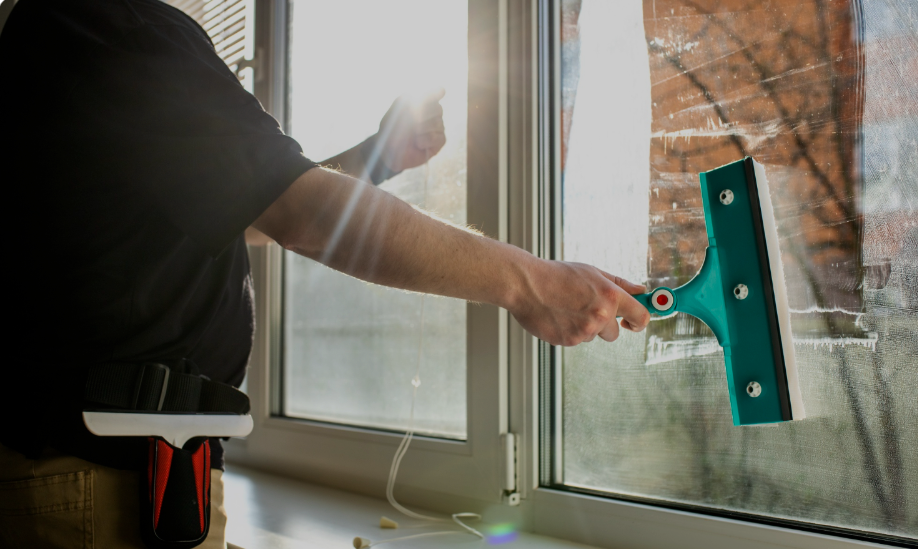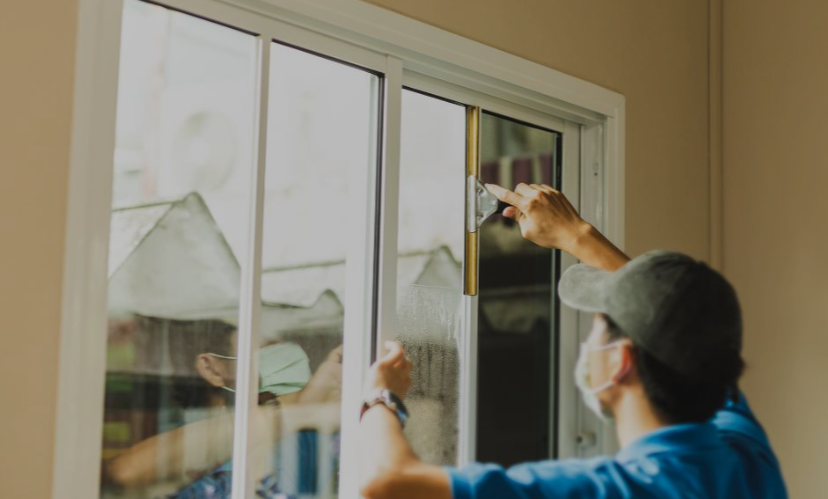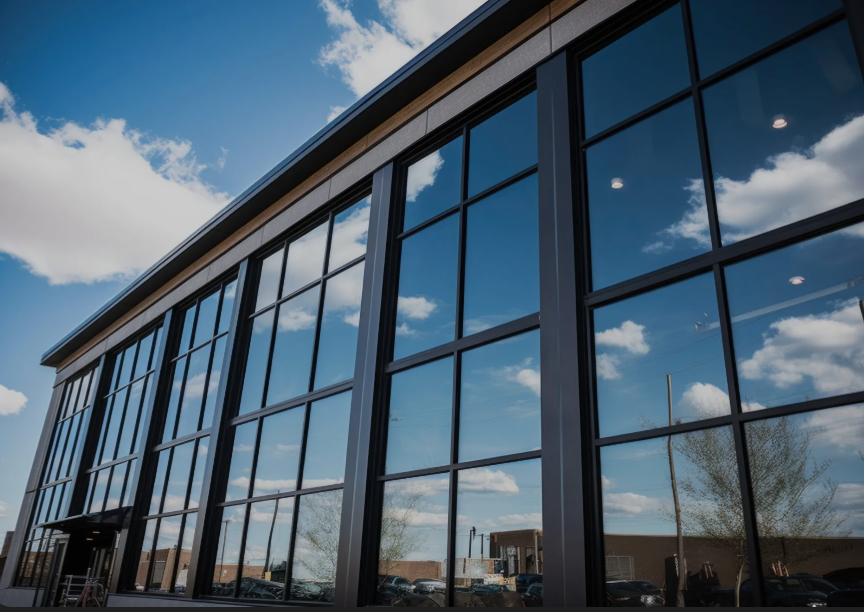When it comes to enhancing the aesthetics and functionality of your living or working space, interior design and window tinting are two powerful tools. While many homeowners and designers focus heavily on furniture, colour palettes, and décor, window treatments—especially tinting—play a crucial role in controlling light, privacy, and energy efficiency. By harmoniously integrating office window tinting into your interior design strategy, you can elevate both the beauty and performance of your space.
Expert Tips for Combining Interior Design with Window Tinting
Here are the key expert tips to help you successfully combine interior design with window tinting.
1. The Functionality of Window Tinting
Before jumping into design tips, it’s important to understand what window tinting offers beyond aesthetics:
- UV protection: Tints can block up to 99% of harmful UV rays, protecting furniture, flooring, and artwork from fading.
- Energy efficiency: By reducing heat gain in summer and heat loss in winter, window tinting lowers energy bills.
- Glare reduction: Makes watching screens and reading more comfortable.
- Privacy: Some tints provide one-way visibility, offering privacy without the need for heavy curtains.
Interior designers who understand these benefits can use tints to support their design objectives while addressing practical concerns.
2. Choose Tints That Complement the Room’s Colour Palette
Window tints come in various shades and tones, including neutral greys, warm bronzes, mirrored finishes, and even frosted or decorative films. When selecting a tint:
- Match with furniture and wall colours: A bronze tint may complement earthy interiors, while cool-toned rooms pair better with silver or grey tints.
- Avoid clashing tones: Don’t choose a warm tint for a room dominated by cool blues and greys—it can disrupt the harmony.
- Consider natural light: Darker tints may make a room feel smaller and dimmer; lighter tints allow more daylight to flow.
Expert Tip: Test samples on your windows and observe them during different times of the day before making a final decision.
3. Use Decorative Window Films for Style and Privacy
Decorative films are a designer’s secret weapon. They come in a wide variety of styles—etched glass, stained glass, geometric patterns, frosted looks—and can be custom-designed for your space.
Advantages of decorative films:
- Add artistic flair to plain windows
- Provide privacy without blocking light
- Cost-effective alternative to expensive glass
For instance, a frosted film with a floral design can add charm to a bathroom window, while geometric tints work well in modern or minimalist spaces.
Also, read >> How Window Tinting Enhances Privacy in Your Home
4. Balance Openness and Privacy
In spaces like living rooms and offices, you want a balance of openness and privacy. Designers often recommend:
- Reflective tints for daytime privacy
- Dual-reflective or ceramic films that provide clarity from inside while limiting visibility from outside
- Layering window treatments: Combine tinting with sheer curtains or drapes for flexibility
Expert Insight: In urban environments where buildings are close together, use a combination of tinted glass and light-filtering curtains to maintain a cozy yet open feel.
5. Prioritise Energy Efficiency Without Compromising Style
Modern window tints no longer have to look industrial or dull. High-performance ceramic tints are virtually clear but provide excellent heat and UV rejection. These are ideal for:
- Preserving the Natural Light in Sunrooms or Offices
- Maintaining an Open Design Concept
- Protecting from Sun Damage, including fading of carpets, wood flooring, and fabrics
Designers can now recommend these tints without compromising on aesthetic appeal.
Also, read >> How Window Tinting Improves Energy Efficiency in Residential Spaces
6. Consider Smart Films for High-Tech Interiors
Technology meets design with smart window films, which allow users to control opacity with the flip of a switch or via an app. These films turn from clear to frosted, offering privacy on demand.
Ideal for:
- Conference rooms
- Home offices
- Modern minimalist homes
They align perfectly with tech-savvy or futuristic interiors and eliminate the need for additional window treatments.
7. Customise for Each Room’s Purpose
Each room has unique needs:
- Bedrooms: Use darker tints or blackout films for better sleep quality.
- Kitchens: Opt for light-filtering or clear tints to retain brightness.
- Bathrooms: Frosted or patterned films maintain privacy while letting light in.
- Living rooms: Consider UV-blocking yet lightly tinted films to protect furnishings.
Tailoring your tint selection to each space ensures both visual consistency and functionality.
8. Work With Professionals Early in the Design Process
One of the most common mistakes is treating window tinting as an afterthought. Instead:
- Collaborate with a professional window tinting service during the early stages of interior planning.
- Share your colour schemes, room functions, and light preferences.
- Ask for mock-ups or visual simulations to preview the look.
This ensures that window tinting complements rather than conflicts with your interior design goals.
9. Combine Tints with Other Window Treatments Thoughtfully
Window tinting doesn’t eliminate the need for curtains, blinds, window tinting, or shades. Layering can add depth and style:
- Roman shades add texture
- Sheer curtains offer softness
- Motorised blinds add modern convenience
Design Tip: If your window tint has a reflective or colored finish, choose complementary fabrics and patterns for your drapes to avoid a clash.
10. Keep Clean Lines and Minimalism in Mind
Tinted windows naturally give a sleek, clean look. For minimalist or modern interiors:
- Avoid heavy curtains that disrupt the clean aesthetic
- Choose window films with subtle patterns or a matte finish
- Maintain symmetry and alignment with furniture layout
Tinted windows pair exceptionally well with Scandinavian, industrial, and contemporary designs.
Final Thoughts
Combining interior design with window tinting isn’t just about visual appeal—it’s about creating a balanced, livable, and energy-efficient environment. From decorative films to smart tints, the options are vast and versatile.
By working with professionals, choosing the right shades and styles, and planning, you can ensure that window tinting enhances your design rather than complicating it.
So whether you’re revamping your home or planning a commercial space, don’t overlook the power of home window tinting in your design toolkit—it might just be the finishing touch that transforms your interior from ordinary to exceptional.




